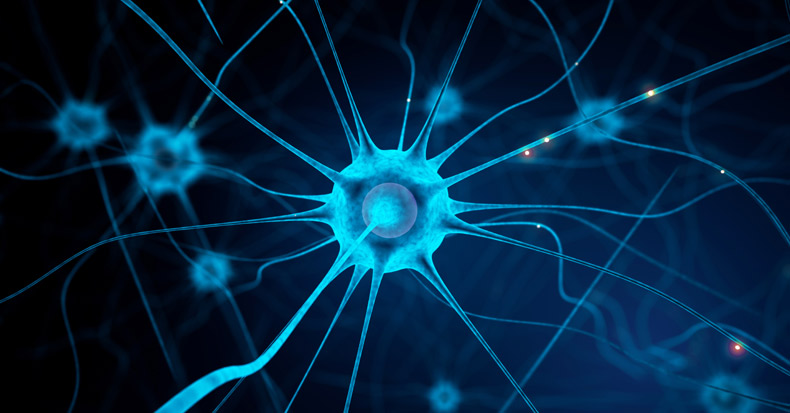Understanding Chronic Pain

Chronic pain is a long-term neurological syndrome. It occurs when your nervous system becomes dysfunctional due to a disease or direct damage to a nerve or group of nerves. While rapid recovery is unlikely, there are treatments that have an accumulative effect and can provide relief. When individuals experience repeated pain over a long period of time, their nervous system becomes more sensitive. When the pain lasts anywhere from 3-6 months or longer, it is considered chronic pain. If the pain causes other health conditions, then a combination of these secondary complications and the pain itself is called chronic pain syndrome.
There are multiple medications that treat chronic pain. According to Mayo Clinic, these include but are not limited to nonsteroidal anti-inflammatory drugs (NSAIDs), acetaminophen, COX-2 inhibitors, antidepressants and anti-seizure medication, and opioids. You don’t have to resort to medication unless your doctor recommends it. There are alternative treatments that can help alleviate the pain such as acupuncture, electrical stimulation, cognitive behavioral therapy, and surgery. It’s also important to exercise and manage stress levels. A healthy body and mind work harmoniously!
There are two common neurological pain syndromes: Complex regional pain syndrome (CRPS) and Fibromyalgia. CRPS is chronic neuropathic pain that is a result of soft tissue or bone injury. This is referred to as type I. Type II CRPS is caused by an injury to the nerve and is more severe. Fibromyalgia is characterized by widespread musculoskeletal pain and symptoms include fatigue, sleep deprivation, memory loss, and changes in mood. There are four types of pain: nociceptive, inflammatory, neuropathic, and functional.
- Nociceptive Pain: Result of injury.
- Inflammatory Pain: Nerve inflammation caused by an inadequate response by the body’s immune system.
- Neuropathic Pain: Irritated nerve.
- Functional Pain: Unknown origin, general pain.
